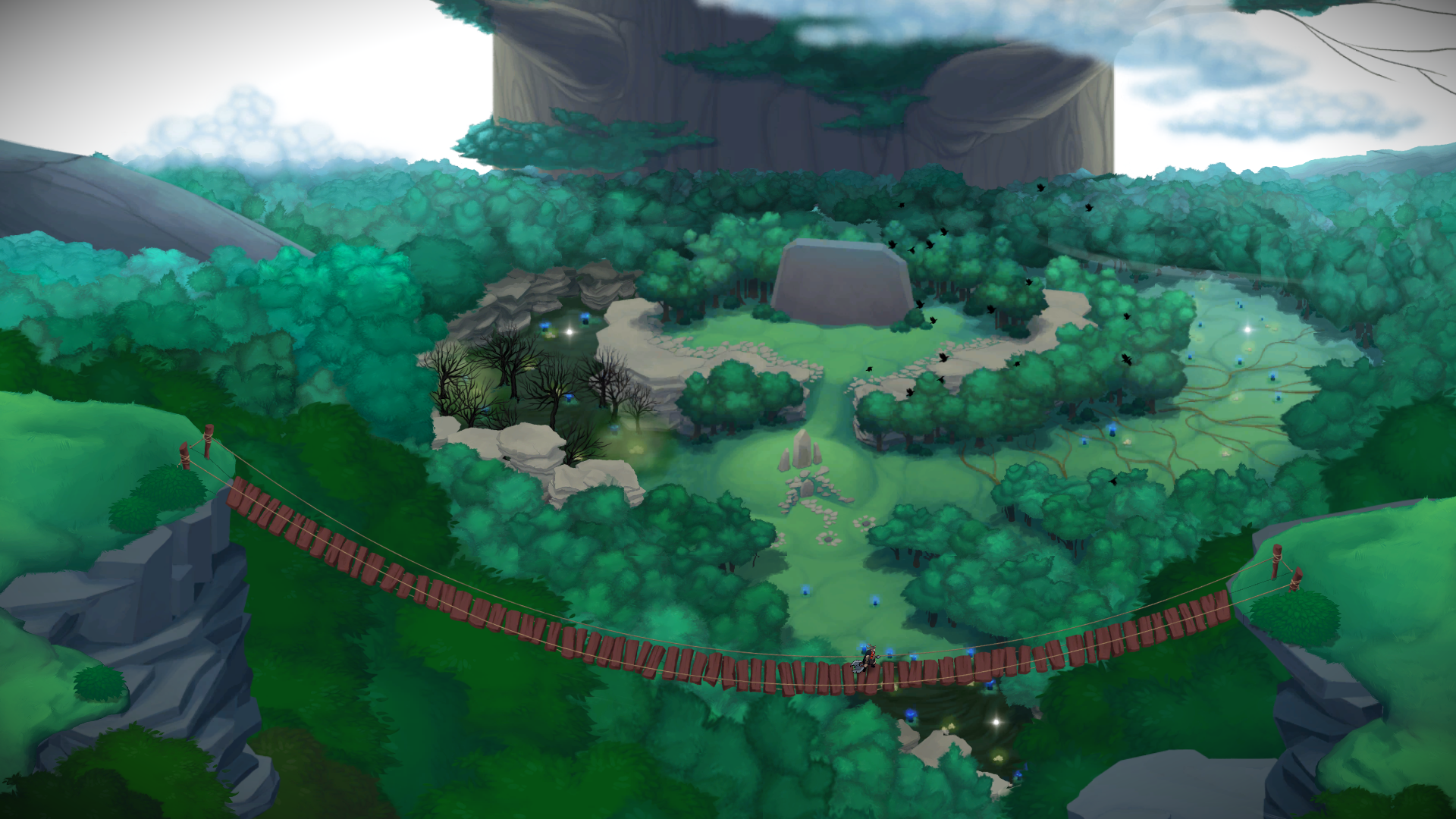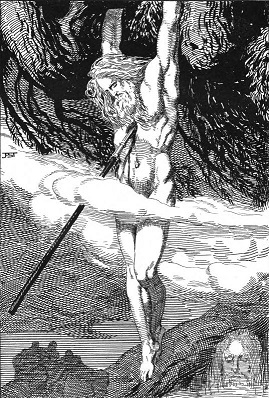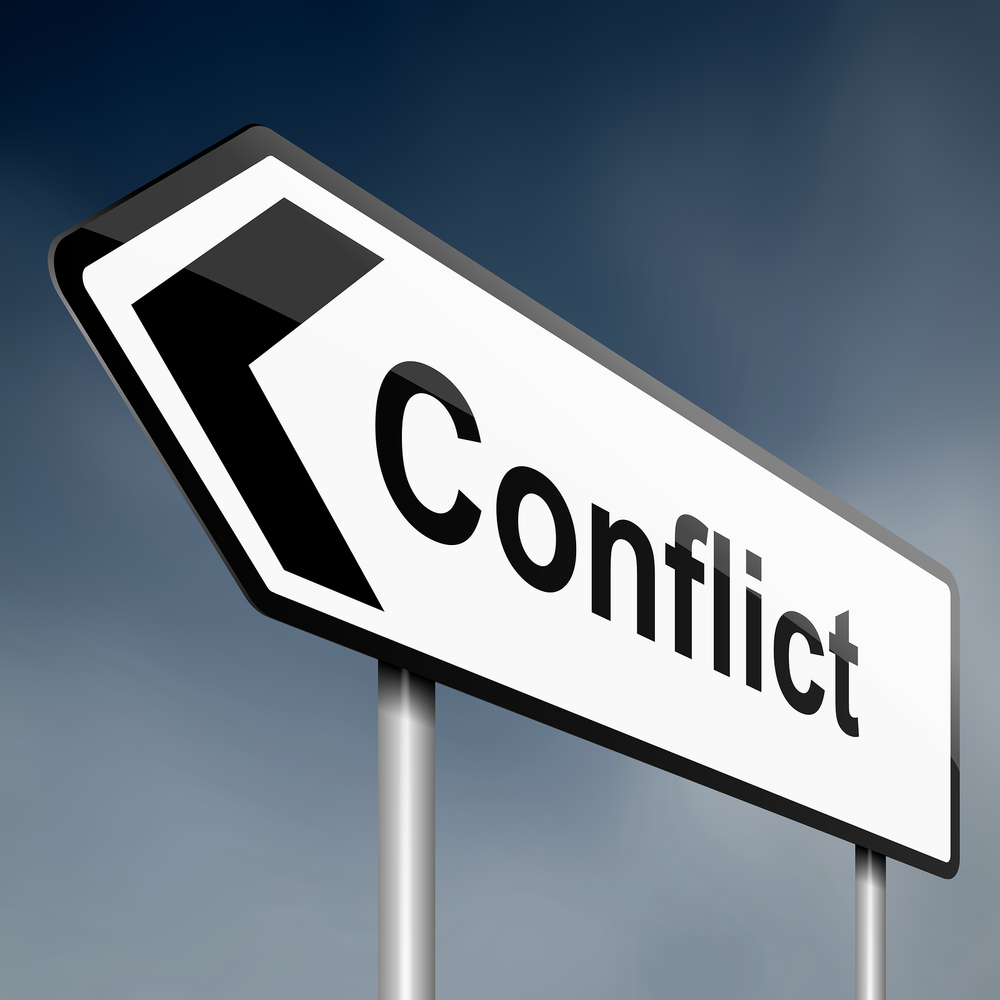I never questioned before why Norse mythology is by and far my favorite mythos.
I attributed it to my fascination with apocalyptic events, and Ragnarok is the pinnacle of
such things, or how Thor is one of my favorite Marvel heroes. When we were told we
could write these blogs on anything tangentially relevant, I knew one of my blogs would
have to be on the game JOTUN. As I replayed Jotun to take notes on its incredibly detail
of its source material, however, I had an epiphany and it became clear why I love Norse
mythology so much. Rather than draw up any comparisons, the most efficient way to explain
JOTUN would be to summarize the game.
I attributed it to my fascination with apocalyptic events, and Ragnarok is the pinnacle of
such things, or how Thor is one of my favorite Marvel heroes. When we were told we
could write these blogs on anything tangentially relevant, I knew one of my blogs would
have to be on the game JOTUN. As I replayed Jotun to take notes on its incredibly detail
of its source material, however, I had an epiphany and it became clear why I love Norse
mythology so much. Rather than draw up any comparisons, the most efficient way to explain
JOTUN would be to summarize the game.
The game starts with an Icelandic woman’s narration. I should mention now that this game
also made me REALLY want to learn to speak Icelandic because this game makes it sound
gorgeous with all the narration in the game being in Icelandic modeled after Old Norse.
The narrator is the woman drowning, who wakes up in Jotunheim afterwards, in awe of
Yggdrasil stretching high above her. It is soon explained that she is a shield maiden named
Thora, daughter of her village’s chief and named after Thor when her birth was accompanied
by 9 days of intense thunder. Another voice begins narrating about the trials of gods and
how it is Thora’s choice to undertake them. While not explicitly stated at the start, the game
intentionally gives away the identity of the voice; Wells of Mimir act as restoration points
for both health and power uses, and when you first use one the voice describes it as
“[the well] for which I sacrificed my eye.” Yes, it’s Odin himself, and he plays a pivotal
role in the game’s conclusion that I will not spoil, but can assure you is glorious.
The game then settles in to its main formula: there are several areas with a mostly linear
order of progression, but each area has multiple sub areas to be attempted in any order.
Thora must acquire the mystic rune in each sub area to form the passage to that section’s
Jotun. Each area also has an Apple of Ithunn that permanently increases you maximum
health, as well as a monument to a god who will grant you a new power. The game does
not put these directly in your path, however, and some of them are surprisingly easy to
miss entirely. The gods who give you powers are not restricted to the most famous ones,
but rather are chosen based on how important they are to Norse culture. Loki and Thor
are obvious candidates who provide a doppelganger ability and astral hammer, but the
first power you obtain is the healing of Frigg, Asgard’s queen. The second power
(one I completely missed my first time played) is Heimdall’s shield.
also made me REALLY want to learn to speak Icelandic because this game makes it sound
gorgeous with all the narration in the game being in Icelandic modeled after Old Norse.
The narrator is the woman drowning, who wakes up in Jotunheim afterwards, in awe of
Yggdrasil stretching high above her. It is soon explained that she is a shield maiden named
Thora, daughter of her village’s chief and named after Thor when her birth was accompanied
by 9 days of intense thunder. Another voice begins narrating about the trials of gods and
how it is Thora’s choice to undertake them. While not explicitly stated at the start, the game
intentionally gives away the identity of the voice; Wells of Mimir act as restoration points
for both health and power uses, and when you first use one the voice describes it as
“[the well] for which I sacrificed my eye.” Yes, it’s Odin himself, and he plays a pivotal
role in the game’s conclusion that I will not spoil, but can assure you is glorious.
The game then settles in to its main formula: there are several areas with a mostly linear
order of progression, but each area has multiple sub areas to be attempted in any order.
Thora must acquire the mystic rune in each sub area to form the passage to that section’s
Jotun. Each area also has an Apple of Ithunn that permanently increases you maximum
health, as well as a monument to a god who will grant you a new power. The game does
not put these directly in your path, however, and some of them are surprisingly easy to
miss entirely. The gods who give you powers are not restricted to the most famous ones,
but rather are chosen based on how important they are to Norse culture. Loki and Thor
are obvious candidates who provide a doppelganger ability and astral hammer, but the
first power you obtain is the healing of Frigg, Asgard’s queen. The second power
(one I completely missed my first time played) is Heimdall’s shield.
As you travel through the nine realms the detail becomes ever more stunning and I lost track of how many times I legitimately stopped playing for a couple of minutes just to take in the gorgeous visuals that put even AAA games to shame. There are countless details that show the how dedicated the game is to its mythological roots. The hub world is Ginnungagap itself, where a pair of ravens perch on whatever exit leads to the next area required to progress. In the second area, Nidavellir, the first part has you riding down the neverending roots of Ygrdrassil with a massive depiction of Nidhoggr gnawing on the world tree’s roots. In the second part should you reach the heart of the dwarves workshop Thora will elaborate on the roles their smithwork plays in the lives of the Aesir. In Nifleheim at the serpent’s lake one can see the ominous if not downright terrifying of silhouette of Jormungandr below the surface of the lake. Every Jotun represents a corrupted version of their rune, such as how Jera, meaning harvest, is an overgrowth of toxic spores and thorny vines. One of my personal favorite touches is that instead of gathering parts of a magic seal or keys and the like, the way Thora breaks magic barriers is by gathering the nearby Disir to open the way for her.
Everything I’ve talked about thus far isn’t even past the halfway point of the game, and it
only escalates from here as the game becomes an intense exploration of the depths of the
most hostile realms, culminating in Thora proving herself worthy of Valhalla. Which brings
me to my concluding point. Before i played Jotun i only thought of Norse myth as really badass.
It is badass, but Jotun showed me that it’s also breathtaking in its sheer wonder;
the beauty of the game reflects the depth of its source material. To compare, Greek
myths were always interesting but rarely ever breathtaking in any depiction.
Judaism and Kabbalah are filled to the brim with fascinating creatures and tales,
but again there’s little beauty and mostly wrathful and misanthropic tales of man’s folly.
Jotun showed me that Norse myth is beautiful for this exact reason.
Rather than focus on gods punishing mortals, Norse myth is so entertaining because
it’s about gods leading the way for mortals rather than trying to control them.
Old Norse culture didn’t centralize the idea of a wrathful overseer or damnation;
they portrayed gods as beings with their own existence not necessarily intertwined with
mortals, and mortals could fight valiantly for a chance to live in eternal glory alongside them.
It’s a system about rewarding those who prove themselves rather than punishing those
who don’t conform. For that reason it is both incredibly badass and beautiful beyond words.
only escalates from here as the game becomes an intense exploration of the depths of the
most hostile realms, culminating in Thora proving herself worthy of Valhalla. Which brings
me to my concluding point. Before i played Jotun i only thought of Norse myth as really badass.
It is badass, but Jotun showed me that it’s also breathtaking in its sheer wonder;
the beauty of the game reflects the depth of its source material. To compare, Greek
myths were always interesting but rarely ever breathtaking in any depiction.
Judaism and Kabbalah are filled to the brim with fascinating creatures and tales,
but again there’s little beauty and mostly wrathful and misanthropic tales of man’s folly.
Jotun showed me that Norse myth is beautiful for this exact reason.
Rather than focus on gods punishing mortals, Norse myth is so entertaining because
it’s about gods leading the way for mortals rather than trying to control them.
Old Norse culture didn’t centralize the idea of a wrathful overseer or damnation;
they portrayed gods as beings with their own existence not necessarily intertwined with
mortals, and mortals could fight valiantly for a chance to live in eternal glory alongside them.
It’s a system about rewarding those who prove themselves rather than punishing those
who don’t conform. For that reason it is both incredibly badass and beautiful beyond words.














